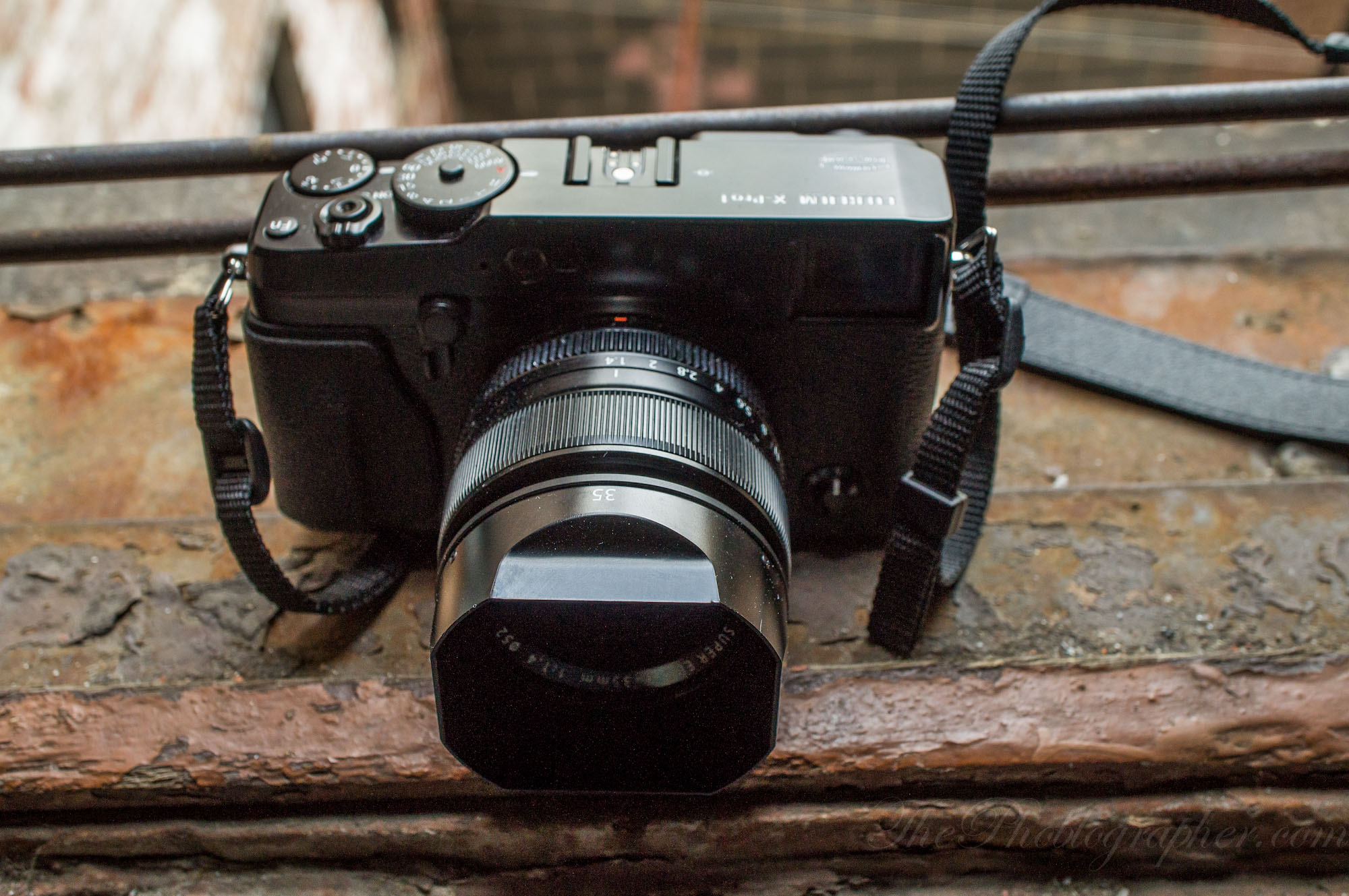
Over the years, APS-C cameras have become quite popular with a variety of shooters. From young photographers to more seasoned image makers, a good APS-C camera can meet their needs. While many companies have been creating small sensor devices, only one managed to get the sensor right: Fujifilm. The X series has been instrumental in blending modern tech with a retro body, one that continues to gain favour even today. But amongst the many X series models, one camera continues to be important even today: the X Pro 1. Here is a look at why that is the case.
The Fujifilm X Pro 1 features a 16MP CMOS sensor with a 1.5x crop and a camera with 49 AF points. It also has a 3-inch 1,230,000-dot LCD, an ISO up to 25,600, and a maximum shutter speed of 1/4000 sec. The device offers a continuous shooting speed of 6fps, weighs 451g, and measures 139.70 x 81.28 x 43.18 mm. The camera also featured retro ergonomics, and you have a focus peaking option if you wish to shoot manually.
The camera excels at having excellent ergonomics, consistent performance, and great autofocus. It also offers great image quality, and the RAW file ouput will be loved by all. One of the reasons the images were so good was due to the sensor. The X Pro 1 was actually the first interchangeable lens camera to feature the X Trans sensors out there. This allows one to have lower megapixels, but the image quality stands out with high ISO, as well as the details and the colors are simply great. Back then, no competitor was able to think of this. As we explained in our review, “The Fujifilm X Pro 1 is the company’s first entry into the mirrorless camera market. When it was announced at CES, it shocked everyone and excited all. With a design that harkens back to the old Contax G2, it also has stunning retro-style good looks.”
Some of the other features also include the hybrid viewfinder, which was a first in the X series line-up back then. It allowed one to switch between EVF and OVF, depending on one’s needs. Then came the true film look in the images, which is what made the Fujifilm X Pro 1 so popular. Plus, all of this was possible in-camera, which means you spend less time on your editing table.
While there were more iterations, such as X Pro 2 and X Pro 3, the last one did not shine too bright. The last one enraged users, as Fujifilm gave smaller cameras much better autofocus and yodates than this model. As a result, it didn’t sell well. There is still the wait for the Fujifilm X Pro 4, but we aren’t sure whether it will have better sensor, or be a watered-down version of X-H series.
The Fujifilm X Pro 1 was ahead of its time, and it is sad to see a camera that achieved so much is no longer appreciated. The camera showcased the importance of shooting slowly, while enjoying every moment,

